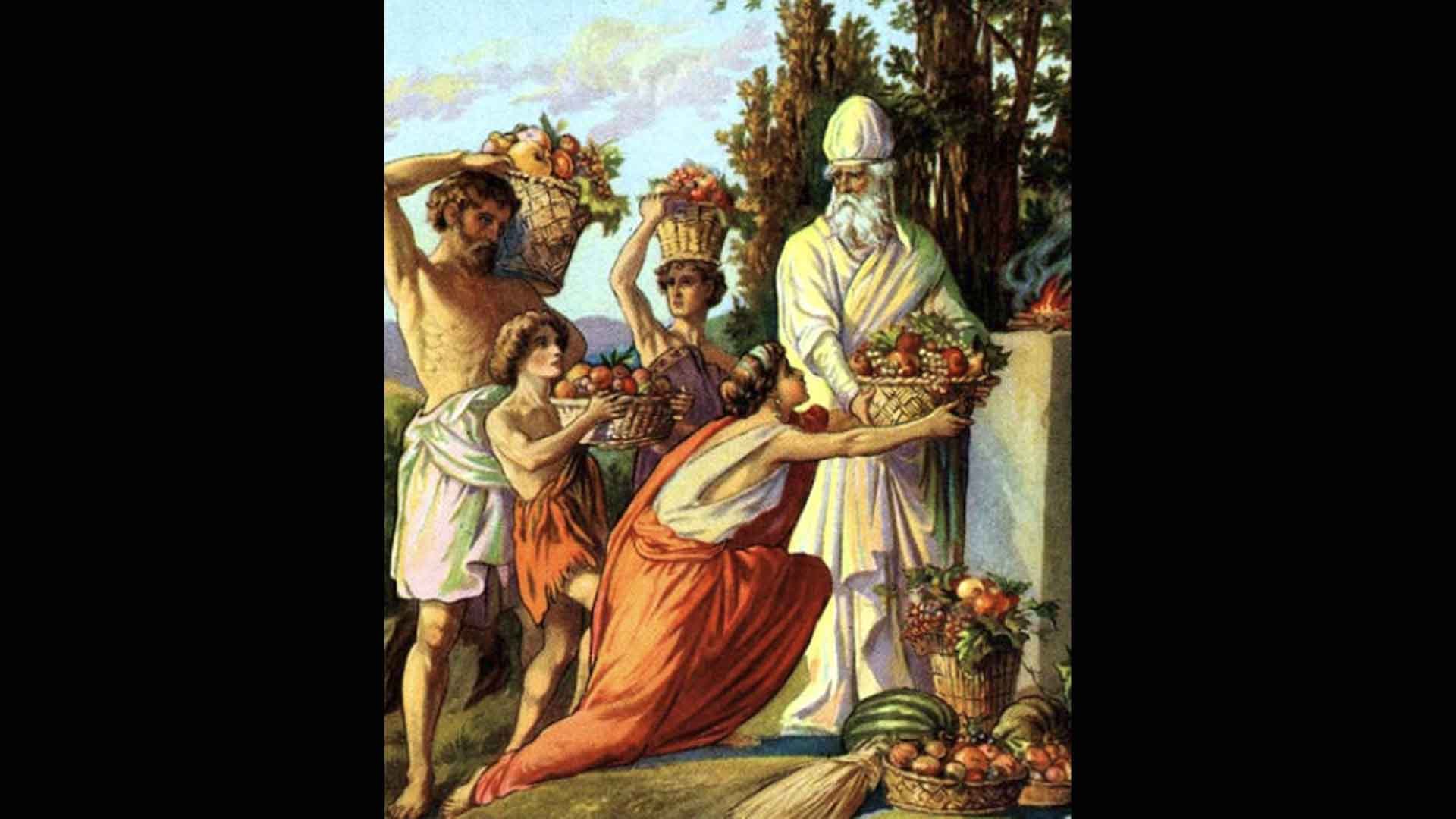For the source text click/tap here: Shavuot 10
To download, click/tap here: PDF
Mishnah (2b) states that Rebbi Shimon used to say that the Se'irim of Rosh Chodesh atone for a person who ate Kodshim that was Tamei. The Se'irim of the Regalim (Pesach, Shavuos, and Sukos) atone for a person who became Tamei and ate Kodshim or entered the Beis ha'Mikdash without knowing about his Tum'ah, either at the beginning or the end. The Se'irim of Yom Kippur atone for a person who was not aware initially that he became Tamei, but afterwards he became aware of it.
The Mishnah continues and relates that Rebbi Shimon was asked whether each day's Sa'ir may be offered on the other days. That is, if the Sa'ir that had been set aside to be brought on Yom Kippur was lost and another Sa'ir was offered in its place, and then the original Sa'ir was found on the Regel (or on Rosh Chodesh), may that Sa'ir (that was intended for Yom Kippur) be offered on the Regel or on Rosh Chodesh (RASHI DH Hayah)?
We continue attempting to understand the origin of the Goat to Azazel from intertestamental texts.




















